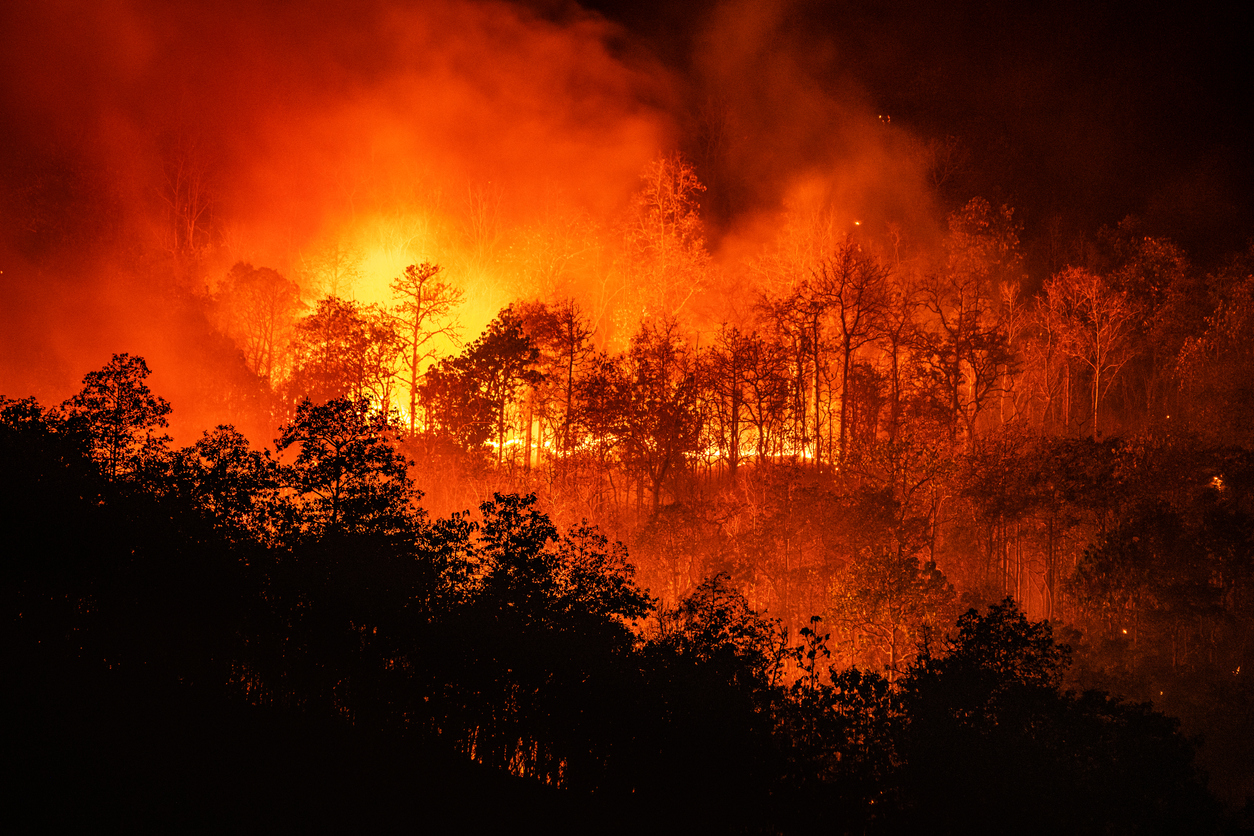
As the 2021 fire season begins in the United States, another record-breaking year for numerous and severe wildfires is on the horizon. Fire is a natural part of a healthy ecosystem, but changing variables have resulted in a longer season and a greater amount of destruction. Experts predict that up to 9.5 million acres could burn this year. Understanding the risk and knowing how to mitigate that risk are the first steps to managing wildfires.
Longer Fire Season
Historically, the United States experienced wildfire season for four months out of the year, but changing conditions have nearly doubled the length of the season. Now referred to as the “fire year,” the prime time for fires is 105 days longer today than it was in the 1970s. The typical burn time has also increased from an average of six days in the 70s and 80s to nearly 52 days over the last decade.
Predictions for California, Northern and Southern Regions
Four major factors have led to California experiencing recent record-breaking wildfire seasons:
- Climate: a lack of rain in the summer combines with hot temperatures.
- People: increased population in fire-prone areas results in accidental ignitions.
- Fire suppression: a history of quickly extinguishing fires resulted in a build-up of dry fuel.
- Santa Ana winds: gusty winds create a high-speed spread near urban areas.
California is currently experiencing its third-driest year ever recorded, with 92% of the state experiencing severe drought. Vegetation necessary for stopping wildfire spread is dormant and stressed, making fire-fighting more difficult. In preparation for this year’s burns, Governor Gavin Newsom signed a $538 package to improve fire resilience.
Predictions for Colorado
Nine of the 20 largest wildfires in Colorado have occurred since 2018; the state has seen an average of 233,728 acres burned annually for the last decade. 2020 was a record-breaking year, with more than 100 days of fire and 744,120 acres burned. 87% of the fires are caused by humans, with other factors including the following:
- Hot weather
- Lack of moisture
- Abundance of fuel
- Increased recreational activity
The state is taking a proactive approach after last year’s fires, with crews pre-positioned in fire-prone areas, increased aviation crews, and an approved $30 million earmarked for fire prevention and response.
Predictions for Arizona
Arizona also had a devastating 2020, with 2,520 wildfires burning 978,519 acres. The state typically experiences fires as the weather begins warming in April and May, but the monsoon season in the summer usually ends the fires. In 2020, those monsoons didn’t materialize, but forecasts predict a 40% chance of above-average rains for 2021. Because more than 80% of the 2020 wildfires were caused by people, the following steps are important for fire prevention:
- Avoid burning on windy days.
- Avoid power tools that can spark grass fire.
- Properly extinguish campfires.
- Check vehicles to avoid dragging chains or rims on pavement.
Wildfires are part of nature’s cycle, but people can help reduce excessive fires by increasing awareness and using common sense and caution in their daily activities.
About Provident Fire Plus
At Provident Fire Plus, we offer custom tailored packages to best protect firefighters and volunteer firefighters. We understand the risks that emergency response teams are subjected to on a daily basis, and have worked to serve these dedicated professionals for over 87 years. For more information about our products and policies, we invite you to contact our experts today at (855) 201-8880.

